Eye-Spy Spring 2021 CPRE Sussex Guide
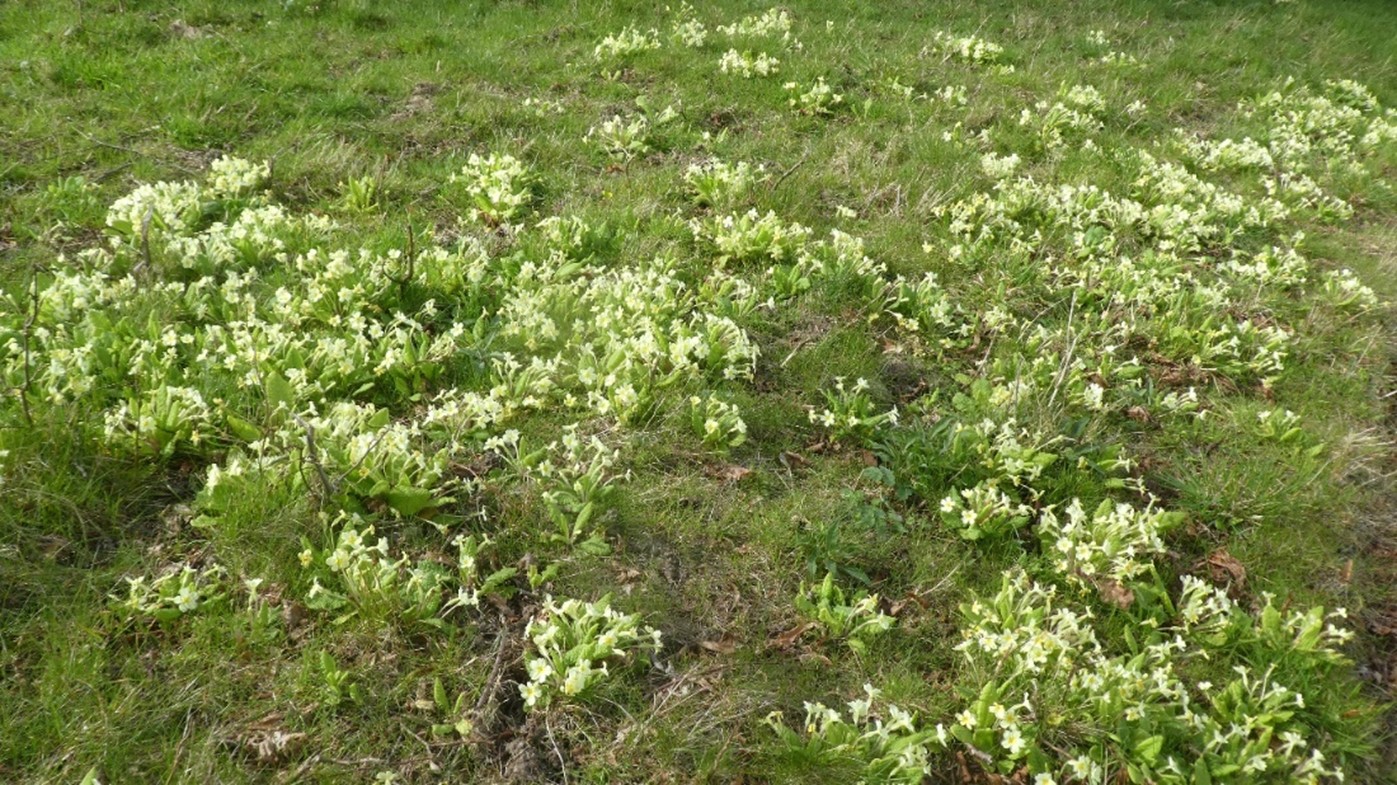
Look out the first signs of Spring near you and share your photos and observations with us. See signs of spring in Sussex here.
The arrival of Spring can really make you feel happier. See ITV news short film on our Eye Spy Spring project.
So, to cheer you through Lockdown we have put together this simple guide on how to spot the very first signs of the new season where you live.
You may be surprised to see how much is already happening around you – and how much happier it can make you feel when you notice it!
Here’s what to look out for:
Lighter, brighter days
In January day length increases by around 2 minutes every day and in February by around 2 and a half minutes every day. By the middle of March it’s about 25 minutes a week.
That’s separate from the change we notice when the clocks go forward at the end of March.

More bird song
Spring is the time our birds are at their finest – singing to attract a new mate and to defend their territories.
The morning chorus around you will gradually be getting louder and more beautiful every day, so make sure you tune in!
To help you to identify the songsters, the RSPB has a bird song ID playlist of some of the common birds that may be singing in and around your garden or local area. Sussex Wildlife Trust has a useful guide to garden birds.
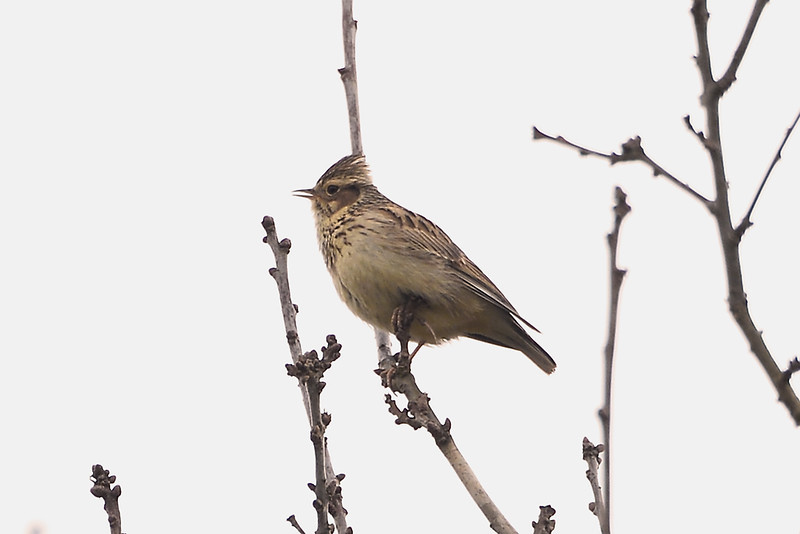
Fresh buds on the trees and in the hedgerows
The first buds of the year are already emerging. Look out for new signs of life in the trees and bushes around your neighbourhood. Take note of what you see and make a point of watching the new growth emerge as the days get lighter and warmer.
The Woodland Trust has a fun quiz to see if you can identify trees by their buds and bark.
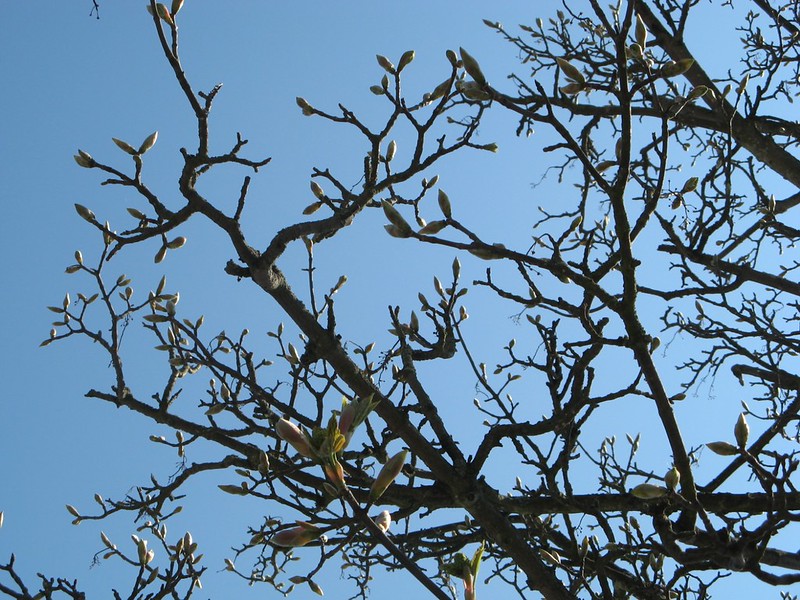
First flowering bulbs
Snowdrops are usually the first bulbs to emerge, followed by crocuses and daffodils. Look out for these bright early spring flowers…… or order a bunch of homegrown, in season, flowers from a UK producer to bring some springtime into your home.
The Woodland Trust has a guide to early spring flowers you may see.

Early bumblebees
Sighting your first bumblebee of the year is a sure sign that Spring is on its way! The Queen is first up and about – she usually goes foraging for nectar in March and April.
We have 24 species of bumblebee in the UK, so make a note of her colouring and try to identify which species she is.
The Bumblebee Conservation Trust’s guide to bumblebees is a great way to learn more.
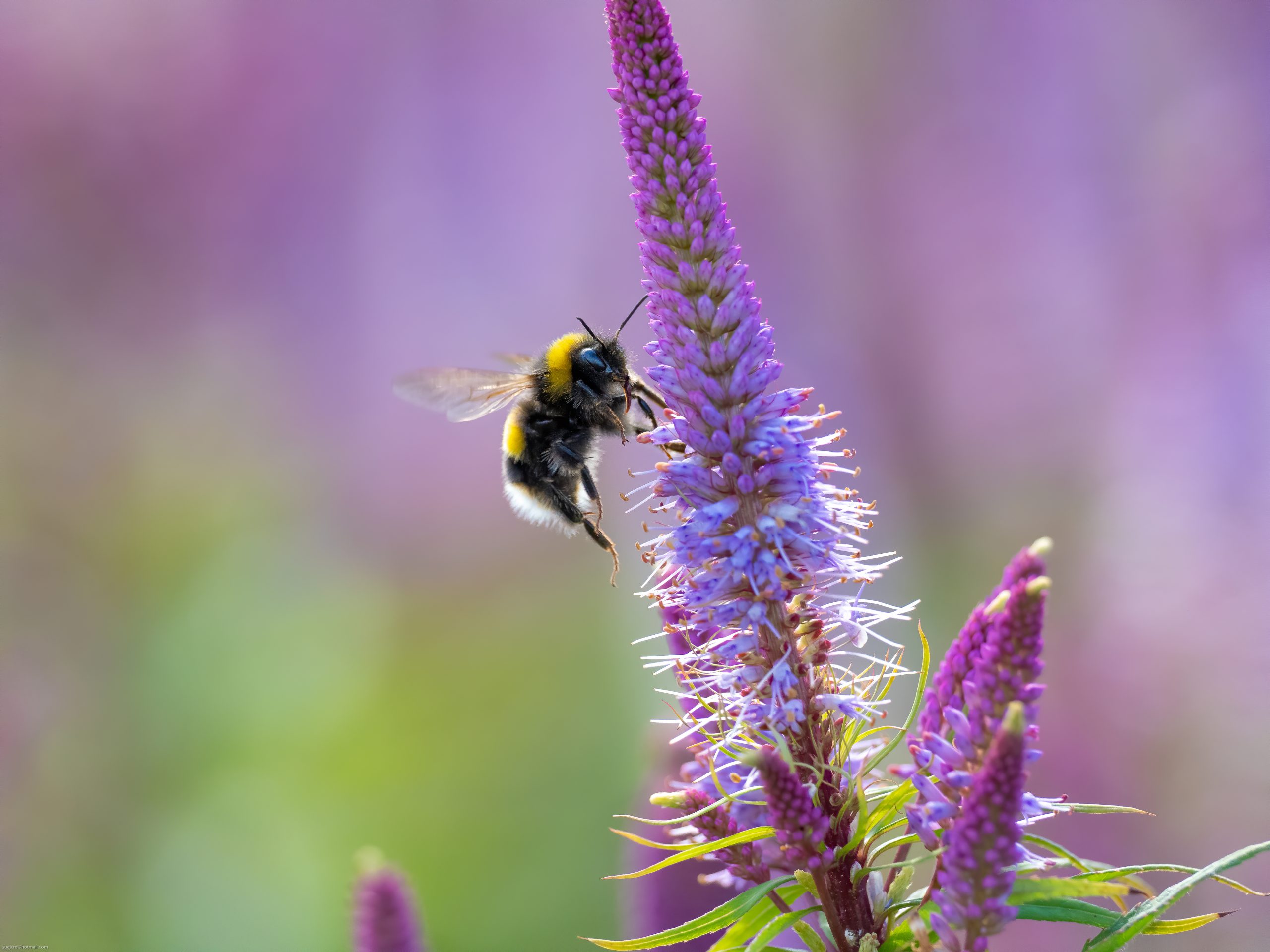
Sunshine and butterflies
The lovely yellow coloured Brimstone butterfly can often be seen in March, emerging from hibernation. Look out for this beautiful springtime sight on warmer days.
Butterfly Conservation’s guide to garden butterflies will help you to identify these wonderful signs of spring.
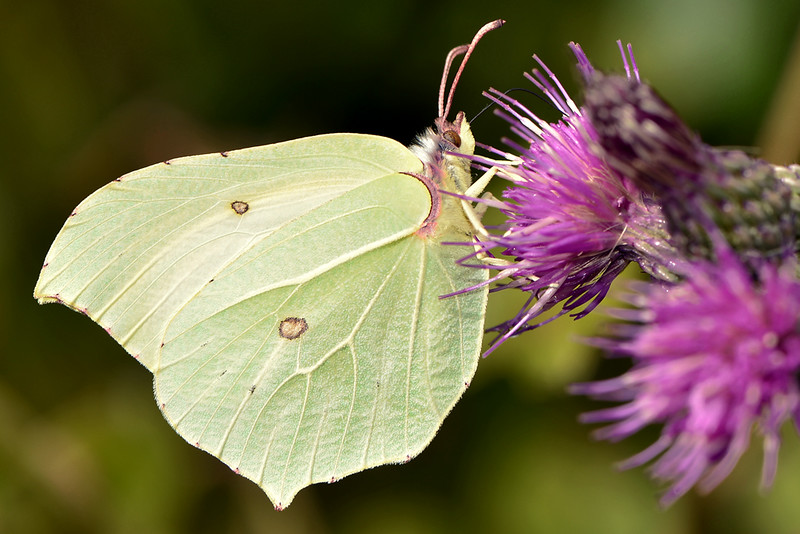
Blooming blossoms
The sight of the first tree or shrub blossom is guaranteed to brighten your day. Take note of when you see it and which tree or hedgerow is first in your neighbourhood.
Seen some blossom you don’t recognise? Try the National Trust’s guide on How to identify spring blossom.
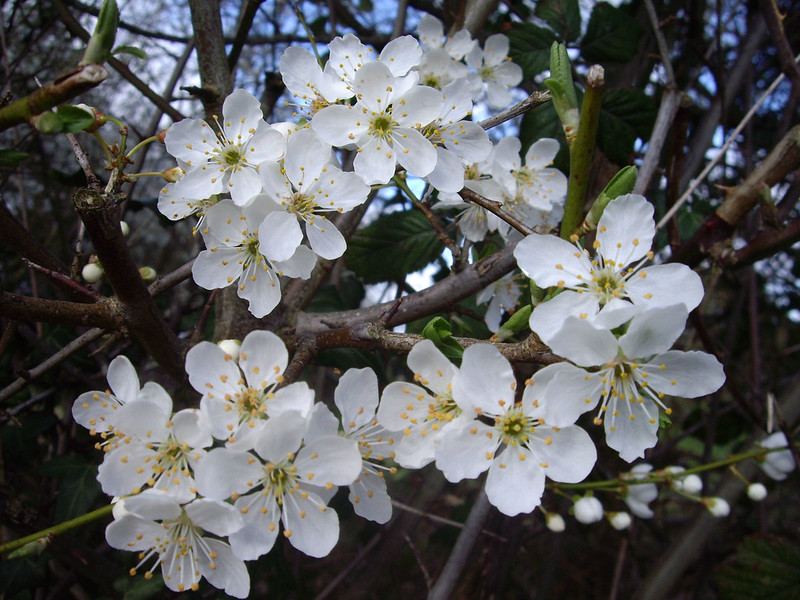
Find out more
If you’d like to discover more about what to look out for in your garden or local area, check Sussex Wildlife Trust’s what to look out for each month.
The Natural History Museum also has a wonderful guide to spring.
Share your observations and photos
You can share your observations and photos by posting them on Facebook, Twitter or Instagram using @cpresussex or email them to info@cpresussex.org.uk If you email a photo for posting on our website, please let us know the credit name. We can’t offer payment for photos.
Download

